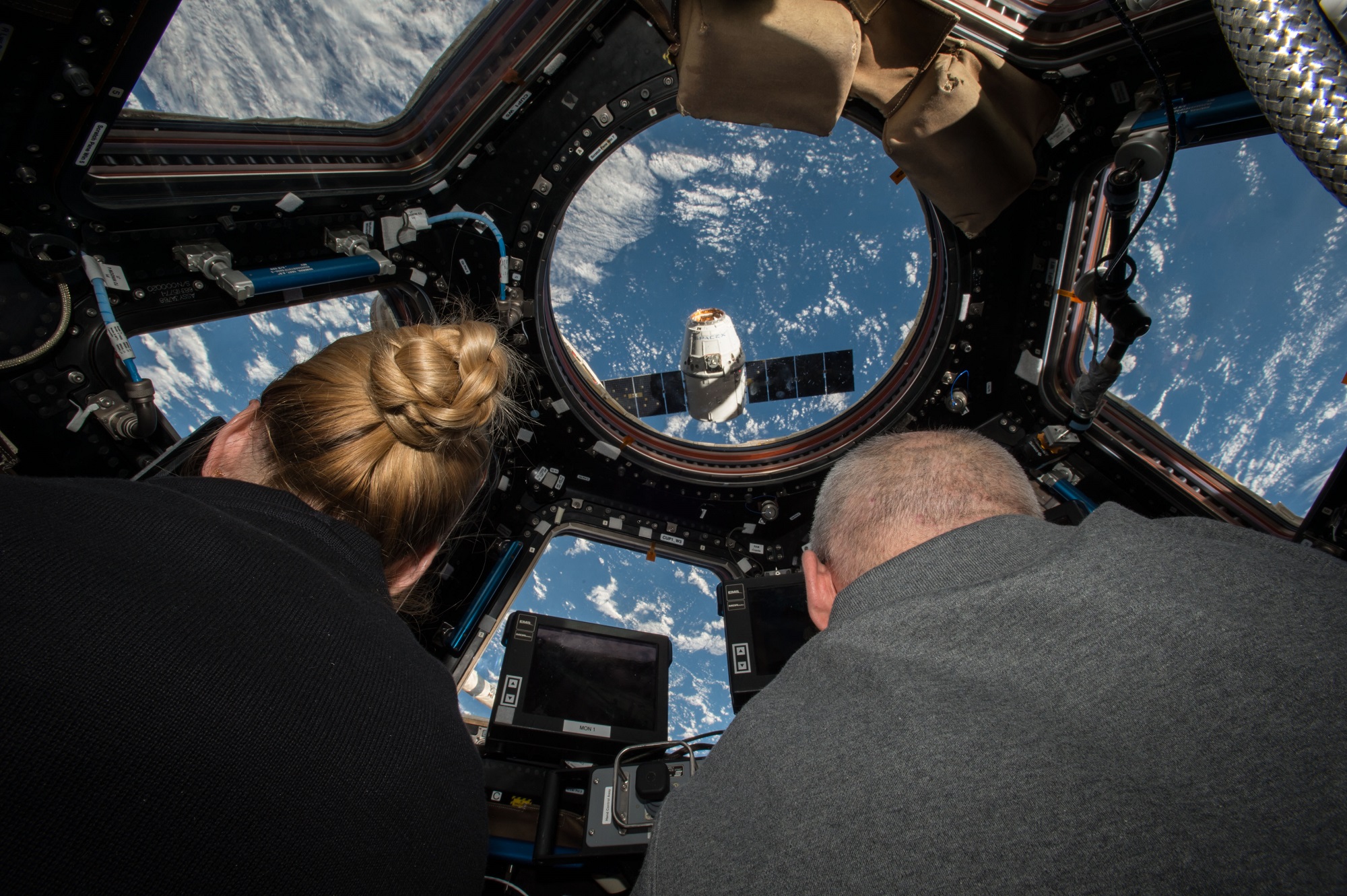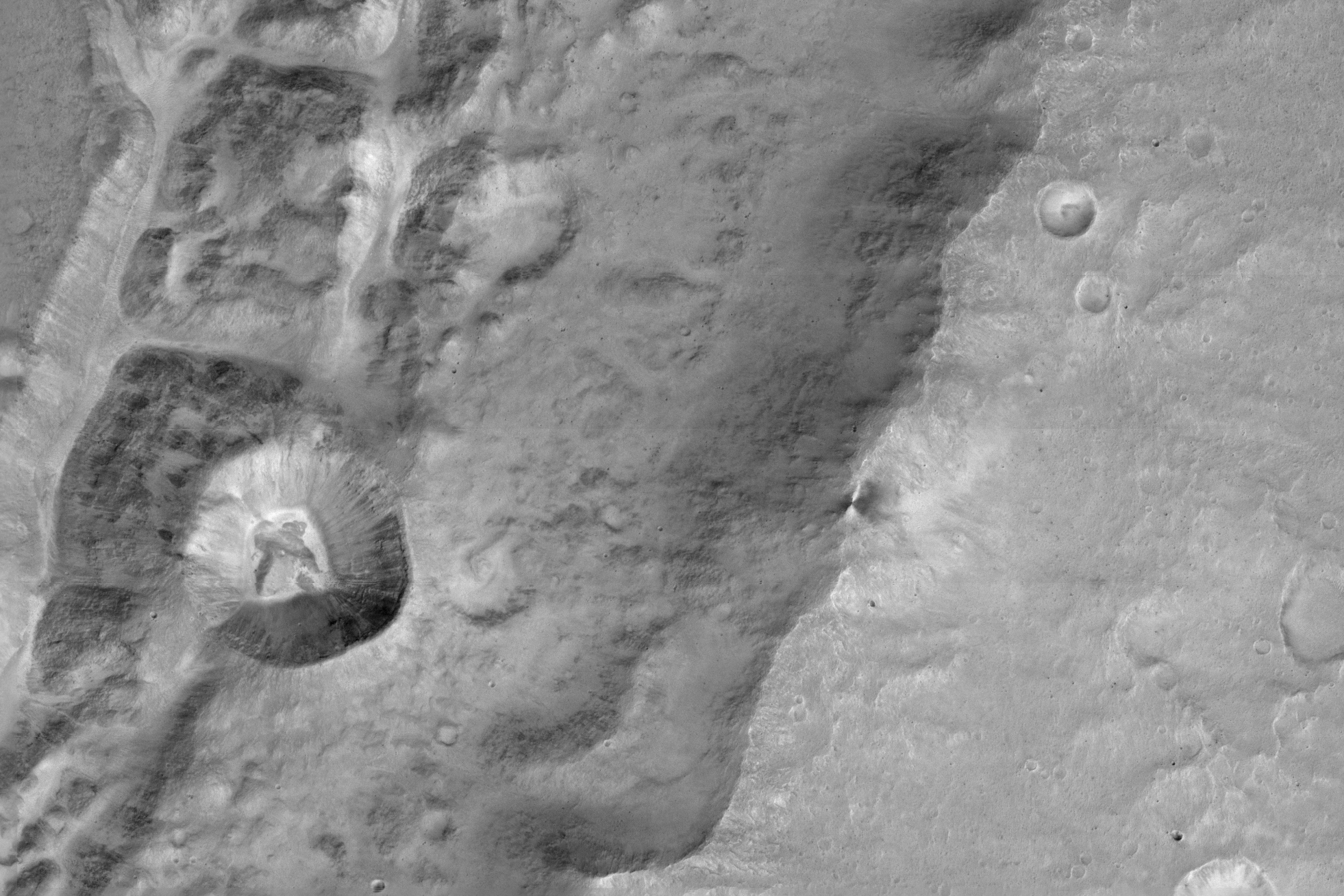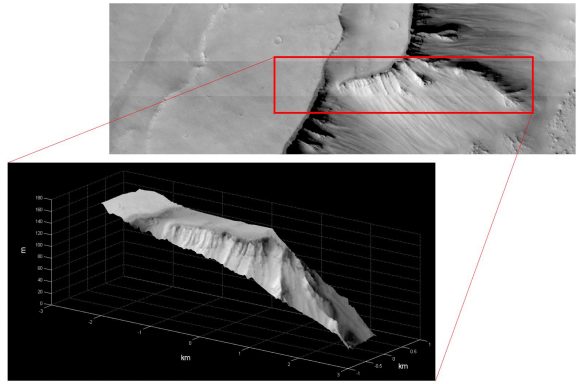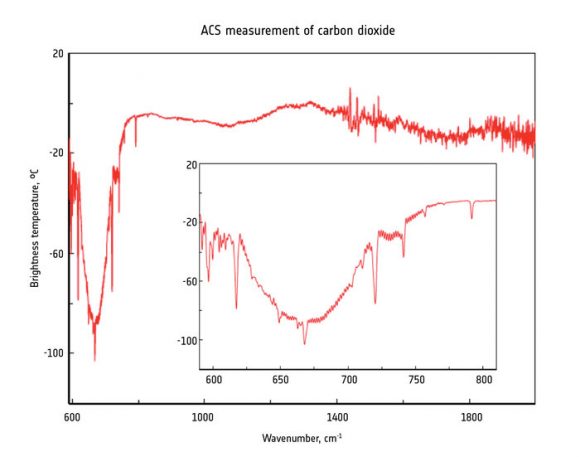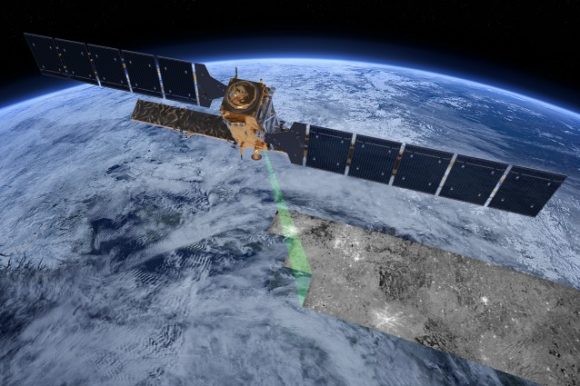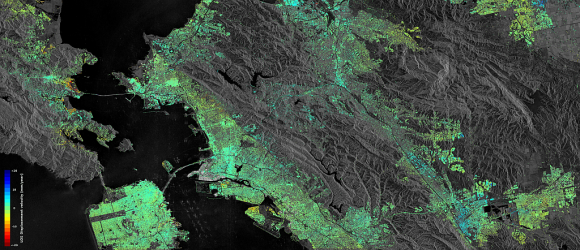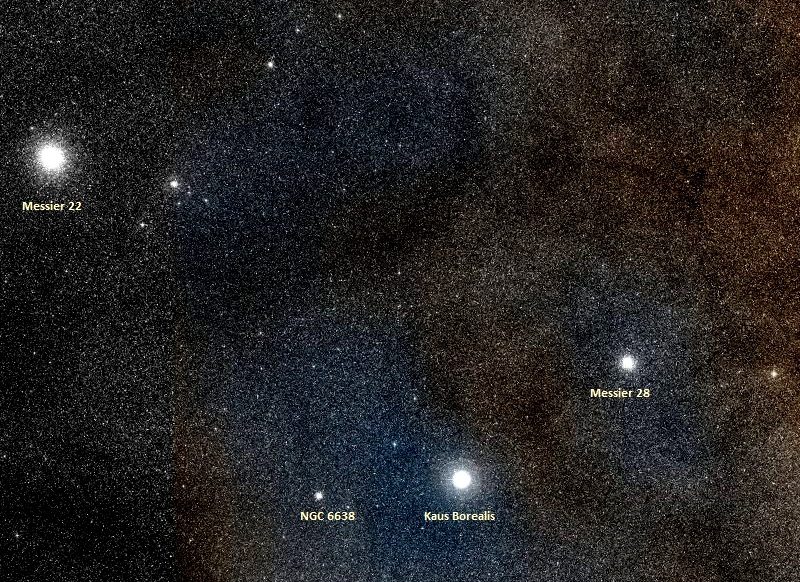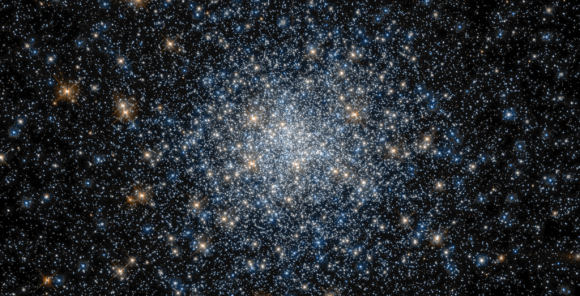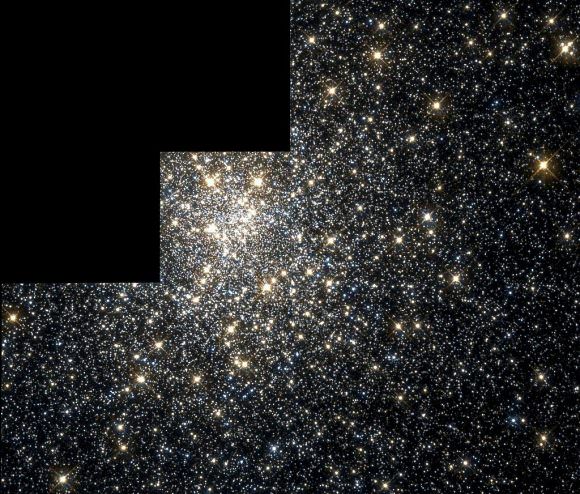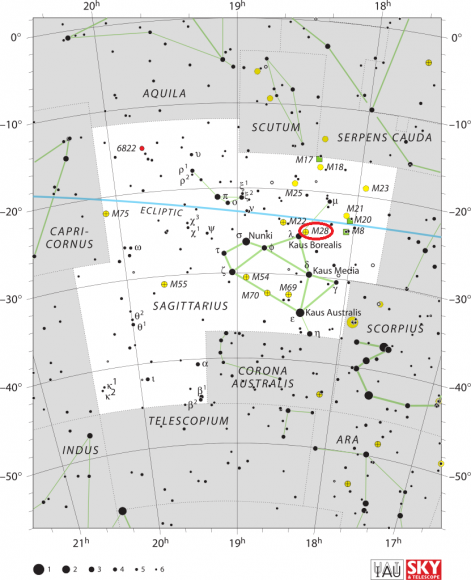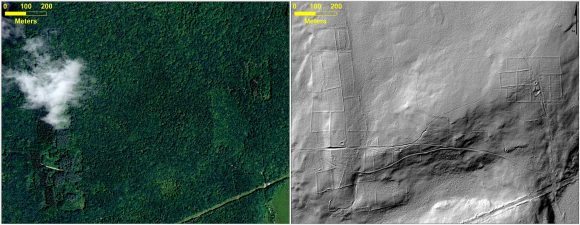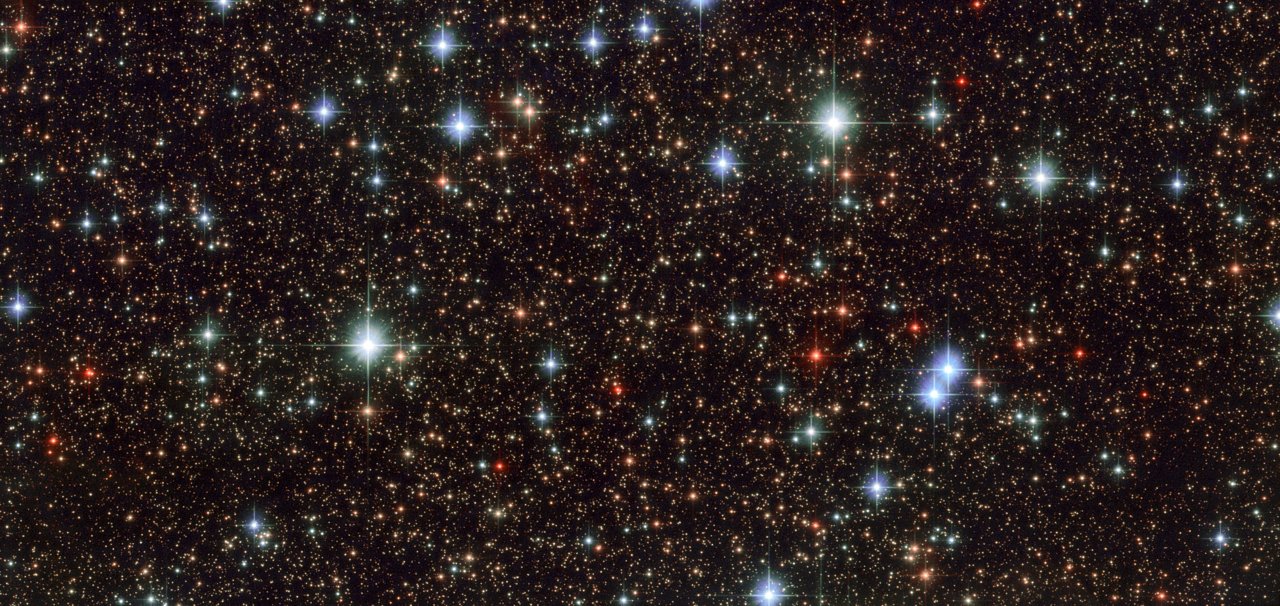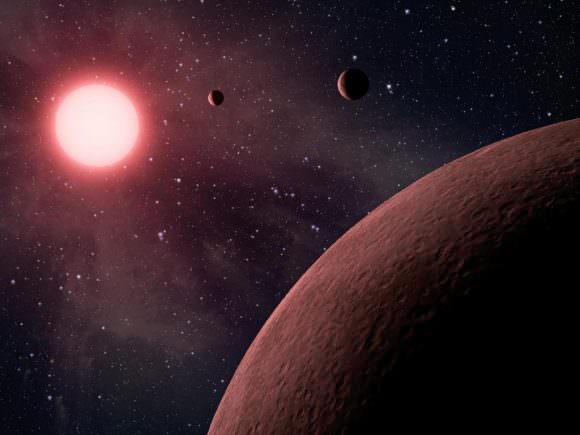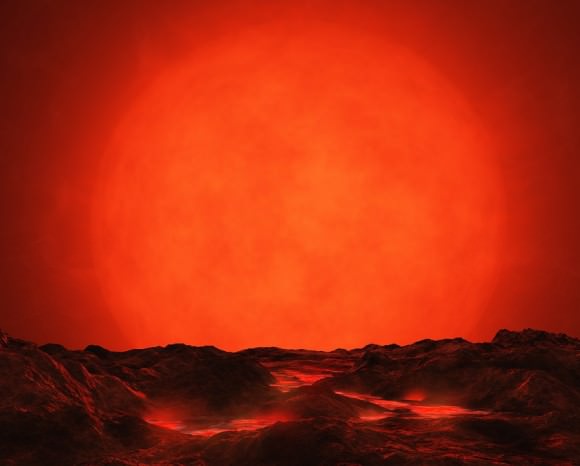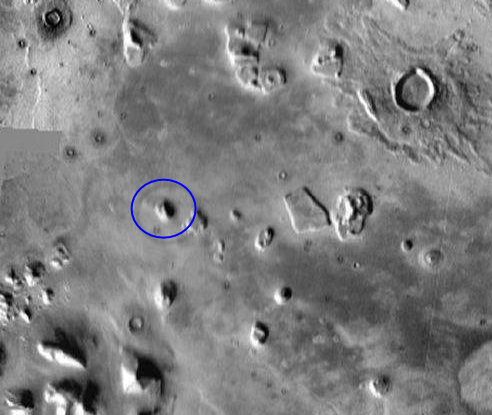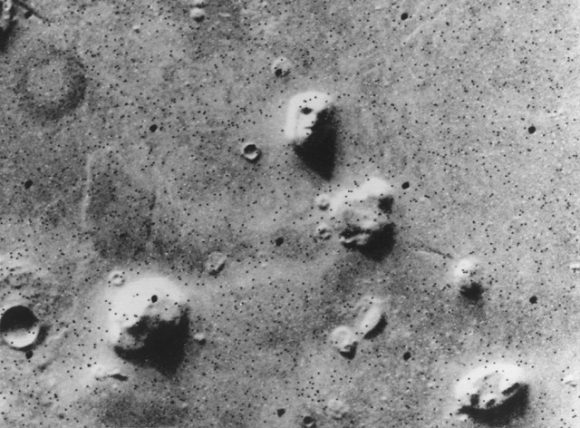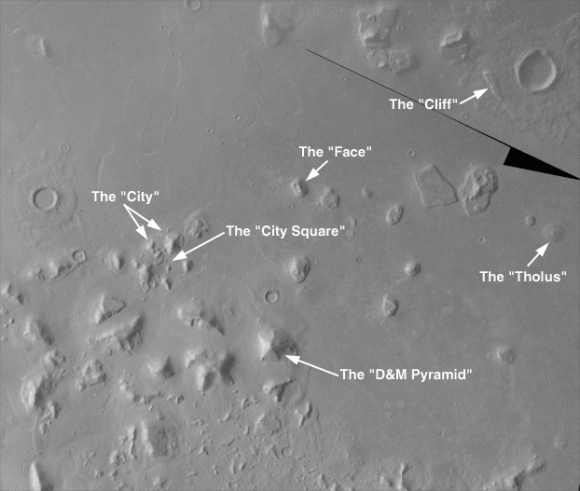The ability to take part in long-term space missions is a rare privilege, usually enjoyed by only a handful of men and women within every generation. But that privilege comes with a pretty high price. In addition to all the hard work, training, and sacrifice that is needed to go into space, there are also the health effects of spending prolonged periods in a microgravity environment.
Until recently, the most well-document of these effects were muscle degeneration and loss of bone density. But thanks to a new study released by the Radiological Society of America, it is now understood how microgravity can impair eyesight. This is certainly good news for ISS crews, not to mention the astronauts who will be taking part in long-range missions to Mars and beyond in the near future.
For years, NASA and other space agencies have been seeking to understand how time in space can adversely affect eyesight. Nearly two-thirds of astronauts who have taken part in long-duration missions aboard the International Space Station (ISS) have been diagnosed with Visual Impairment Intracranial Pressure (VIIP) syndrome. Symptoms include blurred vision, flattening at the back of eyeballs, and inflammation of the head of the optic nerves.

Previously, scientists believed that the primary source of VIIP was a shift of vascular fluid toward the upper body that takes place when astronauts spend time in the microgravity of space. But thanks to the new study, which was led by Dr. Noam Alperin and his team of researchers from the University of Miami, the cause of the syndrome has been properly diagnosed.
Dr. Alperin is a professor of radiology and biomedical engineering at the Miller School of Medicine at the University of Miami and the lead author of the study. According to the study he and his colleagues produced – which was presented on Monday, Nov. 28th, at the annual meeting of the Radiological Society of North America in Chicago – the culprit is cerebrospinal fluid (CSF).
This clear fluid is chiefly responsible for cushioning the brain and spinal cord, circulating nutrients and removing waste materials. At the same time, the CSF system is designed to accommodate significant changes in hydrostatic pressures, like when a person goes from lying down or sitting to a standing position. However, this system evolved within Earth’s own gravity environment, and exposing it to microgravity presents unique challenges.
As Dr. Alperin explained in a RSNA press statement, which coincided with the annual meeting:
“People initially didn’t know what to make of it, and by 2010 there was growing concern as it became apparent that some of the astronauts had severe structural changes that were not fully reversible upon return to Earth. On earth, the CSF system is built to accommodate these pressure changes, but in space the system is confused by the lack of the posture-related pressure changes.”
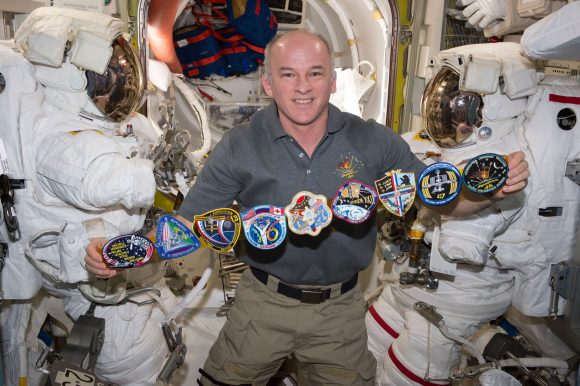
To arrive at this conclusion, Dr. Alperin and his colleague performed a series of before and after MRI scans on seven astronauts who took part in long-duration missions aboard the ISS. The results were compared against nine astronauts who took part in short-duration missions aboard the now-retired Space Shuttle. With the help of some special imaging algorithms, they looked for correlations between changes in CSF volumes and VIIP.
The results of their study Their study, titled “Role of Cerebrospinal Fluid in Spaceflight-Induced Visual Impairment and Ocular Changes“, showed that astronauts who participated in long-duration missions experienced a comparably higher flattening of their eyeballs and protrusions in their optic nerves. These astronauts also had significantly higher post-flight increases in CSF around their optic nerves and in the cavities of the brain where CSF is produced.
This study is both timely and significant, given the growing important of long-duration space missions. At present, it is expected that operations aboard the ISS will last for another decade. One of the most important activities there will be the study of the long-term effects of microgravity on human physiology, which will be intrinsic to preparing astronauts for missions to Mars and other long-range destinations.
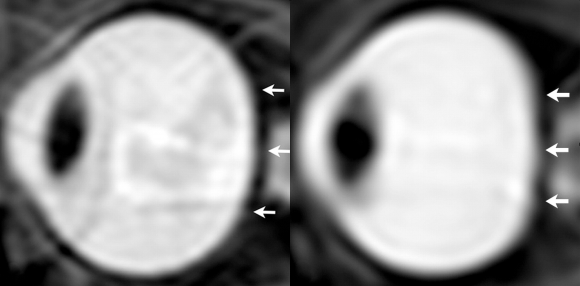
In short, identifying the origin of the space-induced ocular changes will help NASA and other space agencies to develop the proper countermeasures to protect the crew from potentially harmful changes to their eyesight. It will also come in handy for private space ventures that are hoping to send human beings on one-way trips to locations where the gravity is lower than on Earth (i.e. the Moon and Mars).
“The research provides, for the first time, quantitative evidence obtained from short- and long-duration astronauts pointing to the primary and direct role of the CSF in the globe deformations seen in astronauts with visual impairment syndrome,” said Alperin. If the ocular structural deformations are not identified early, astronauts could suffer irreversible damage. As the eye globe becomes more flattened, the astronauts become hyperopic, or far-sighted.”
As the old saying goes, “an ounce of prevention is worth a pound of cure”. In addition to having regiments that will help maintain their musculature and bone density, astronauts taking part in long-term missions in the future will also likely need to undergo treatments to ensure their eyesight doesn’t suffer.
Further Reading: RSNA

